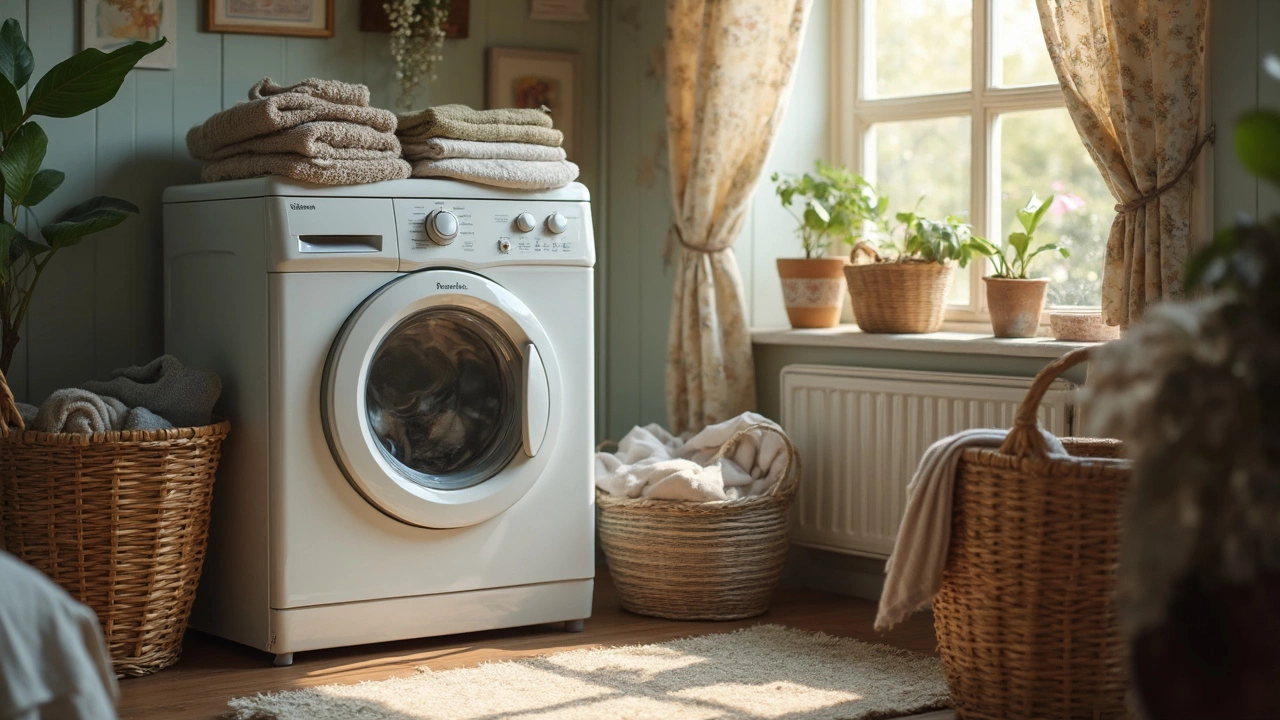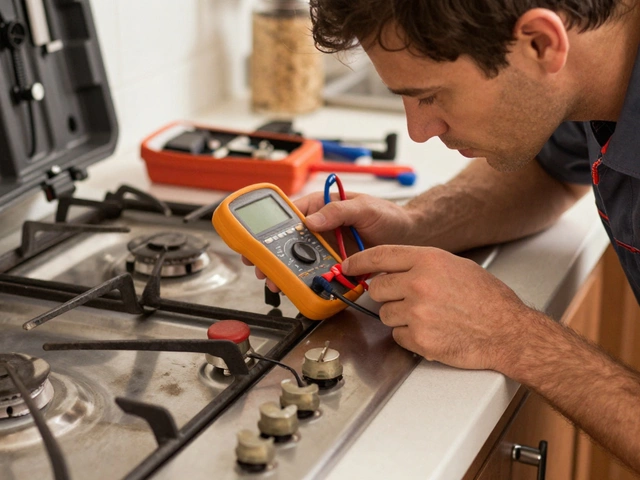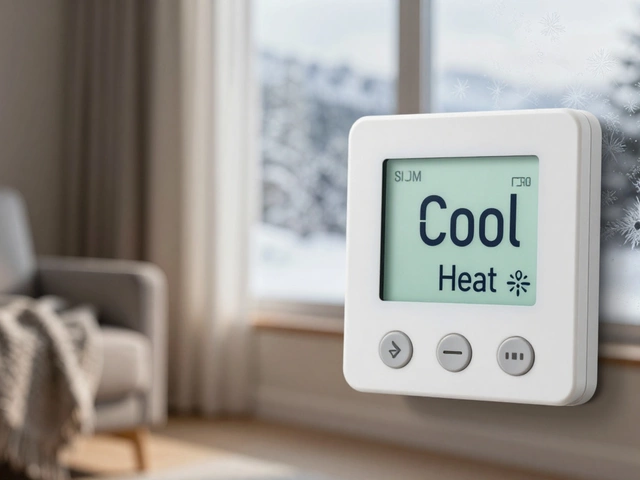Washing Machine Durability
When working with Washing Machine Durability, the ability of a washer to keep performing well over many years, also called washer longevity, you quickly see that it hinges on three core ideas: Washing Machine Lifespan, Washer Maintenance, and Repair Costs. In plain terms, durability is what lets a machine survive daily loads, heavy spins, and the occasional detergent spill without losing efficiency.
Think of washing machine durability as the umbrella that encompasses Washing Machine Lifespan. Most modern front‑loaders hit 10‑12 years if they’re treated right, while older top‑loaders often retire after 7‑9 years. The lifespan figure isn’t magic; it’s shaped by build quality, motor type, and how often you push the machine to its limits. A well‑balanced washer on a solid floor can shave months off the wear curve, whereas a constantly overloaded unit trims years from its life.
That’s where Washer Maintenance steps in. Simple habits—cleaning the lint filter after every load, checking the door seal for debris, and running a monthly hot‑water cycle—remove the grime that gnaws at internal parts. Leveling the machine with a spirit level prevents excess vibration, which protects bearings and reduces motor strain. Using the right amount of High Efficiency (HE) detergent keeps suds in check and avoids pump blockages. Each of these steps requires a bit of time, but the payoff is a washer that keeps its spin speed and energy rating intact.
Now, you might wonder whether a repair is worth the expense. Typical Repair Costs for a leaky hose or a faulty pump range from £80 to £150, while major motor replacements can climb to £300‑£400. Compare that to the purchase price of a new energy‑efficient model—often £500‑£800. If your machine is still within its average lifespan and the fault isn’t catastrophic, repairing usually makes more financial sense. However, once you pass the 10‑year mark and repairs start surpassing half the cost of a new unit, replacement becomes the smarter move.
Energy efficiency also plays a subtle role in durability. High‑efficiency washers run cooler cycles and use less water, putting less stress on seals and hoses. Over time, the reduced heat exposure means plastic components are less prone to warping or cracking. Moreover, many newer models feature self‑diagnostic sensors that alert you to imbalances before they cause major damage. Understanding how these smart features interact with durability helps you decide if upgrading early could save you money and headaches down the line.
All these pieces—lifespan expectations, maintenance routines, repair economics, and energy considerations—feed into the bigger picture of washing machine durability. Below you’ll find a hand‑picked collection of articles that dive deeper into each aspect, from troubleshooting common washer problems to deciding when it’s time to replace your appliance. Use them as a toolbox to extend the life of your machine and keep laundry day hassle‑free.
Washing machines are essential in our daily lives, so understanding their lifespan and how to extend it can be incredibly valuable. This article delves into how long you can expect your machine to last and what factors influence its longevity. From maintenance tips to choosing the right brand, we'll walk you through keeping your washer running smoothly. Learn when it's time to repair or replace your trusty laundry companion. Save money and avoid headaches with these practical insights.


